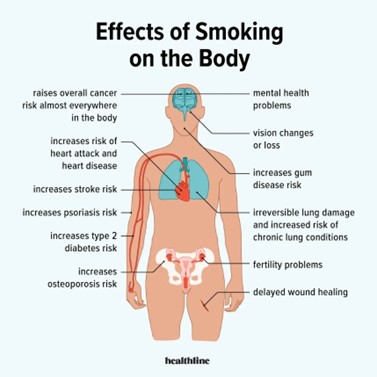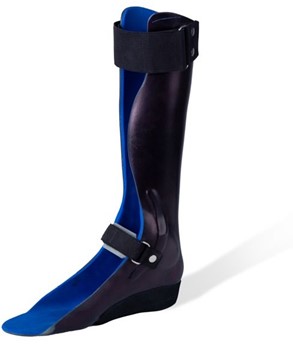A nurse is speaking with the partner of a client who is unconscious and has a do-not-resuscitate (DNR) order in place. The partner requests that CPR be performed if necessary. Which of the following responses should the nurse make?
"Let's discuss other areas of your partner's care."
"I understand how you feel because I recently lost a family member myself."
"It must be very difficult for you to accept your partner's wishes."
"You should call your partner's provider to change the DNR order."
The Correct Answer is C
a) This response may seem dismissive of the partner’s immediate concern about the DNR order and does not directly address their request.
b) While this response attempts to establish a connection through shared experience, it may shift the focus away from the partner's feelings and can come off as self-centered. It may also invalidate the partner's unique experience of loss.
c) This response acknowledges the emotional distress and difficulty the partner is experiencing while validating their feelings. It shows empathy and understanding, which can help build rapport and encourage further communication about the situation.
d) This response is inappropriate because it does not respect the existing DNR order and could create confusion or frustration for the partner. Additionally, changing a DNR order requires specific processes and discussions with the healthcare team.
Nursing Test Bank
Naxlex Comprehensive Predictor Exams
Related Questions
Correct Answer is A
Explanation
If a nurse is caring for an older adult client who tells the nurse that they have smoked one pack of cigarettes every day for the last 60 years, the next action the nurse should take is to ask what the client knows about the effects of smoking. This will help the nurse assess the client's knowledge and understanding of the risks associated with smoking and provide an opportunity for education.
Option b is incorrect because working with the client to establish a quit date is important but not the next intervention.
Option c is incorrect because suggesting that the client use nicotine gum to facilitate quitting is important but not the next intervention.
Option d is incorrect because referring the client to a local smoking cessation program is important but not the next intervention.

Correct Answer is C
Explanation
An ankle-foot orthotic can help prevent a plantar flexion contracture of the affected extremity in a client who has right-sided paralysis following a cerebrovascular accident. This device can help maintain the foot and ankle in a neutral position and prevent the development of a contracture.
a. A sequential compression device is used to prevent deep vein thrombosis and is not specifically designed to prevent contractures.
b. An abduction splint is used to maintain the hip in a neutral position and is not specifically designed to prevent contractures of the foot and ankle.
d. A continuous passive motion machine is used to promote joint mobility and is not specifically designed to prevent contractures of the foot and ankle.

Whether you are a student looking to ace your exams or a practicing nurse seeking to enhance your expertise , our nursing education contents will empower you with the confidence and competence to make a difference in the lives of patients and become a respected leader in the healthcare field.
Visit Naxlex, invest in your future and unlock endless possibilities with our unparalleled nursing education contents today
Report Wrong Answer on the Current Question
Do you disagree with the answer? If yes, what is your expected answer? Explain.
Kindly be descriptive with the issue you are facing.
